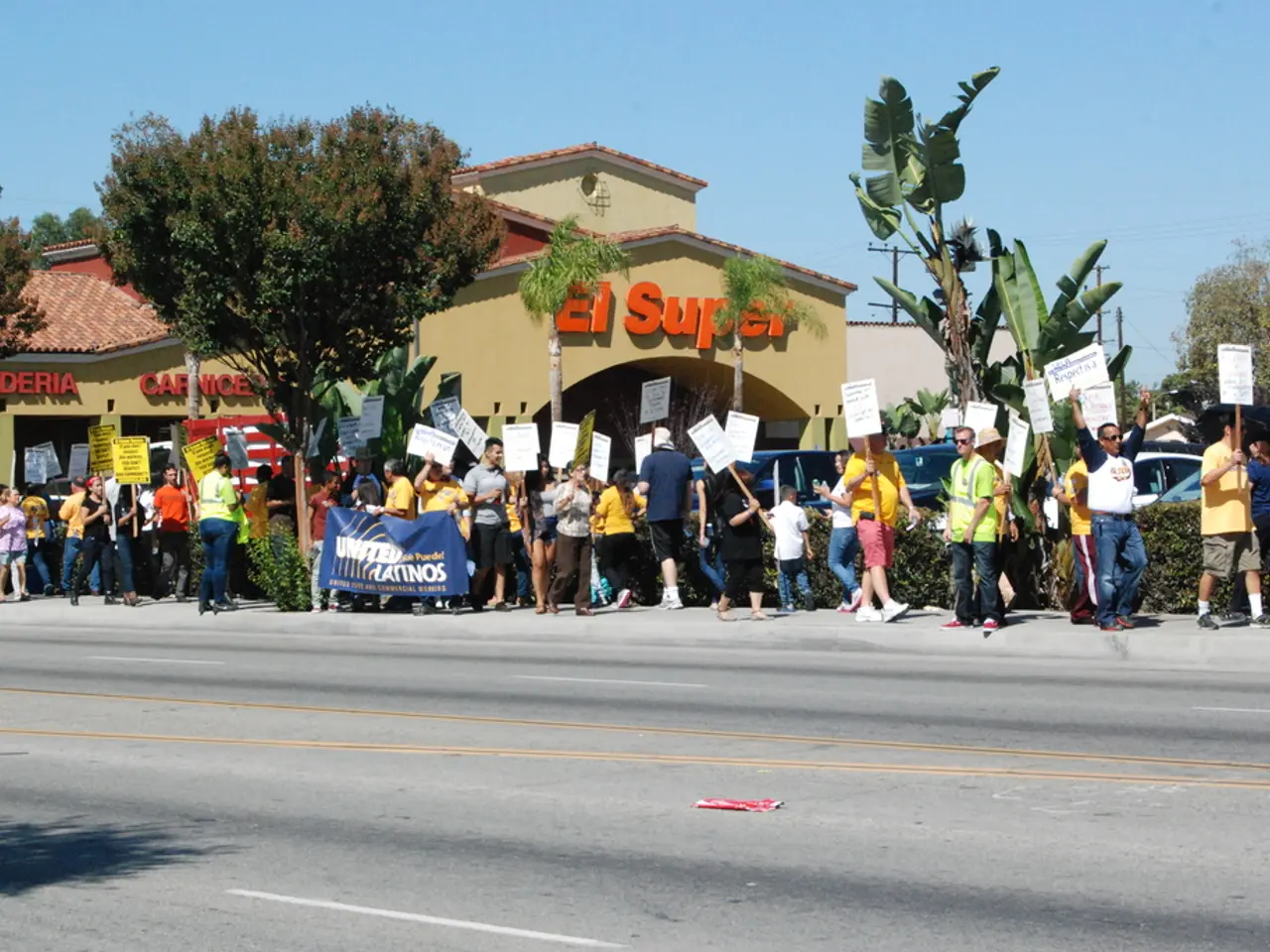Strategies for Implementing Behavioral Segmentation in Political Campaigns
In the realm of political marketing, understanding the electorate is crucial for success. One approach that has gained significant traction is behavioral segmentation. This strategy divides potential voters into groups based on their observed behaviors, such as voting history, political involvement, and media consumption habits.
By delving into the needs and motivations of each group, campaigns can craft messages that resonate deeply with their target audience. This personalised approach can help campaigns target specific messages to convince voters to vote based on their past behavior.
Data analytics plays a pivotal role in behavioural segmentation. It helps uncover patterns, predict future behavior, and cluster voters into actionable segments. This data-driven approach allows political marketers to create targeted messages that appeal to each group's needs and interests.
Advanced audience segmentation beyond demographics is a key strategy. By analysing voter behaviour, such as voting history, issue interests, online interactions, and engagement patterns, campaigns can gain a deeper understanding of voter motivations and tailor messaging accordingly.
Microtargeting through data analytics and AI is another powerful tool. Employing algorithms and artificial intelligence, campaigns can analyse voter behaviour in real time, predict election outcomes, and rapidly adjust campaign tactics. This allows for the delivery of personalised content that resonates deeply with individual voter segments, optimising resource allocation.
Leveraging digital platforms and social media is also essential. By understanding how voters interact online, campaigns can design targeted social media ads and email campaigns that align with voter cognitive biases or behavioural tendencies, making messages more persuasive.
Incorporating behavioural insights for message design is another important aspect. Understanding consumer/political behaviour, such as cognitive biases or stages of voter readiness, can help craft communications that appeal specifically to different behavioural segments.
Integration with influencer and grassroots strategies can also boost effectiveness. Partnering with trusted local influencers or grassroots organisers who can advocate effectively within specific behavioural segments can increase message authenticity and engagement.
Continuous data-driven refinement is key to success. Ongoing analytics can help monitor voter responses, update behavioural segments, and refine targeting and messaging dynamically throughout the campaign.
In conclusion, behavioural segmentation is an essential tool for political marketers. By understanding voters' different habits, attitudes, and voting behaviours, campaigns can create targeted messages that resonate with each group, ultimately leading to increased engagement and electoral success.
[1] The Role of Behavioral Segmentation in Political Marketing
[2] Using Behavioral Segmentation in Political Marketing
[3] The Impact of Data Analytics and AI on Political Campaigns
[4] Grassroots Organising and Influencer Marketing in Political Campaigns
[5] The Future of Political Marketing: Data-Driven and Personalised
- In political marketing, behavioral segmentation divides potential voters into groups based on their observed behaviors, such as voting history, political involvement, and media consumption habits, enabling campaigns to craft messages that resonate deeply with their target audience.
- Data analytics plays a crucial role in behavioral segmentation by helping uncover patterns, predict future behavior, and cluster voters into actionable segments, allowing for the creation of targeted messages that appeal to each group's needs and interests.
- Advanced audience segmentation beyond demographics is essential, requiring analysis of voter behavior, like voting history, issue interests, online interactions, and engagement patterns, to gain a deeper understanding of voter motivations and tailor messaging accordingly.
- Microtargeting through data analytics and AI is a powerful tool, employing algorithms and artificial intelligence to analyze voter behavior in real time, predict election outcomes, and optimize resource allocation for the delivery of personalized content that optimally resonates with individual voter segments.
- Leveraging digital platforms and social media, as well as integration with influencer and grassroots strategies, is essential in political marketing to boost effectiveness by understanding how voters interact online, designing targeted ads, and partnering with local influencers or grassroots organizers to increase authenticity and engagement.







